30 Best Places to Visit on Shikoku Island
by David McElhinney | TRAVEL
© Visit Kagawa, Risturin Garden
Shikoku is the smallest of Japan’s four major islands, but within its comparatively diminutive confines is some of the country’s most prepossessing natural scenery. You could also make the case that Shikoku is the national champion of avant-garde modern art, which juxtaposes its rich religious history, centuries-old old onsen towns and ancient walking trails. Add to that a thriving craft beer scene, a pioneering zero-waste village and stellar Pacific Ocean surf, it becomes clear there’s much more to this proud and punchy island than initially meets the eye.
You might not have been to Shikoku island before, but after reading this list, there’s every chance you’ll start making plans to go.
1. Henro Pilgrimage
© Shikoku Tourism, Henro Pilgrim
The Henro Shikoku Pilgrimage is a 870-mile (1,400km) circular walking route, circumnavigating the entire Shikoku island. Connecting 88 temples, it has been a hub of ascetic Buddhist worship since at least the 12th century, and it remains one of Japan’s great ancient walking trails. Officially starting in Tokushima Prefecture and culminating in Kagawa Prefecture, the route can take 6 weeks to walk in totality, so pilgrims are encouraged to join the route at whichever entry point they see fit or to attempt it in instalments. The only real recommendation is that they wear traditional white hakui (pilgrim vests) and sugegasa (conical straw hats) along the way.
2. Setouchi Triennale Art Festival
© Yasushi Ichikawa, Beyond the Border – the Ocean, by Lin Suen Long
One of the world’s great modern art festivals, the Setouchi Triennale takes over the forested islands of the Inland Sea in three year increments. With a spring, summer and fall season in each host year, travelers flock to the 12 Art Islands and two mainland ports displaying stunning centerpieces by Japan’s (and the world’s) most avant-garde artists. From the concrete minimalism of Naoshima’s Benesse House Museum (one of Japan’s most beautiful museums) to the post-post-apocalyptic works studded around Megijima and Shodoshima, the Setouchi Triennale ensures a surprise awaits around every corner.
3. Naoshima
© Setouchi Art Fest, Kusama Pumpkin
Naoshima is the most popular island on the Inland Sea and is the focal point of the Art Islands’ rags to riches story. In the 1980s, Japanese Billionaire Soichiro Fukutake was shocked by the state of disrepair into which Naoshima and the surrounding islands had fallen. Pairing with architect Tadao Ando, Japan’s King of Concrete, Fukutake established plans to turn the Inland Sea into one of the most attractive regions in the country. This is best epitomized on Naoshima by the collection of Benesse museums which house groundbreaking modern artworks, brooding Ando-designed hotels and buildings dotted around the island, as well as two Yayoi Kusama pumpkin sculptures on the south and east coasts, respectively. Check out the 14 Best Places in the World to See Yayoi Kusama's Art.
4. Teshima
© Setouchi Art Fest, Teshima Art Museum
Teshima often plays second fiddle to Naoshima, but it has an equally acclaimed collection of outdoor art. Chief among it is the open-air Teshima Art Museum, whose façade is designed to look like a droplet as it strikes the surface of a body of water. Nestled within an expanse of rice paddies, the museum fuses the traditional aesthetic of the island with a much more daring artistic creation.
5. Ogijima
© Setouchi Art Fest, Ogijima
Ogijima is a small island in the Inland Sea, with a quiet port village built into the hillsides. During the Setouchi Triennale, the traditionally sleepy settlement comes to life as interactive exhibits take over abandoned houses lining the narrow streets. From the Memory Bottle exhibit, which displays islander memorabilia in glass jars, to the psychedelic The Space Flower・Dance・Ring by Takeshi Kawashima, Ogijima is an ode to Japan’s modern artistic prowess.]
6. Isamu Noguchi Museum
© Isamu Noguchi Museum, Scupltures
In Takamastu, Kagawa Prefecture’s premier port city, you’ll find the Isamu Noguchi Museum. A celebration of the eponymous artist and his creative oeuvre, the museum displays the series of granite and basalt sculptures that cemented Noguchi’s place in history as one of Japan’s greatest sculptors. Built on the site of his former workshop, it’s the definitive entry point for travelers who want to learn more about Noguchi and the sculpting craft.
7. Oshima
Oshima Island
In his seminal travelogue, The Inland Sea, Donald Richie introduced English readers to Oshima, Japan’s only island leprosarium – an island inhabited almost exclusively by lepers. It acquired this bizarre epithet as a result of Japan’s highly controversial and since-disbanded policy of leper segregation, which somehow ran until 1996. The leprosarium and a handful of the former patients remain, however, as they’ve nowhere else to go. Visitors are only recommended to explore Oshima during the Triennale, when thought-provoking artworks and visceral exhibits detail the island’s sordid past and celebrate its long-awaited freedom.
Japan is a nation of islands of course, with many intriguing island destinations to explore. Find out more with the 20 Best Japanese Islands You Have to Visit.
8. Shodoshima
© Shodshima Tourism Association, Shodoshima
Shodoshima is one of the largest islands in the Inland Sea and is certainly worth exploring beyond the Triennale. A major producer of olives and soybeans – its name means “small bean island” – it’s also home to sun-kissed beaches, a towering mountain range and dramatic coastal scenery. If you’re a fan of the outdoors, this should be your first port of call in Shikoku.
9. Take a Boat Under the Seto Ohashi Bridge
© Andy Atzert / Creative Commons, Seto Ohashi Bridge
Private chartered cruises take guests on a journey across the Inland Sea, weaving between hazy, pine-strewn islands and past some of its most impressive architectural features. Arguably the most striking is the Seto Ohashi Bridge, which is technically a series of six double-decked bridges connecting Okayama Prefecture on Honshu and Kagawa Prefecture on Shikoku. Having taken ten years to complete, the bridge is a real feat of architectural conception and ambition, and it’s best appreciated from the water’s surface.
10. Shimanami Kaido
© Cycling Ehime, Shimanami Kaido
At 43 miles (70km) in length, the Shimanami Kaido is one of Japan’s most popular cycling courses, hanging from Honshu in a series of lazy “S” shapes as it charts its way towards Shikoku. Bisecting islands choked with forests and rounding causeways that jut into the Inland Sea, it’s easy to see why it’s become hotspot for two-wheeled adventurers. Cyclists can start from either Honshu or Shikoku, though the former is recommended as it leaves the most arresting scenery till last.
11. Kochi Makino Botanical Garden
© Makino Botanical Garden, Pond
A homage to one of Japan’s great botanists, the Makino Botanical Garden in Kochi Prefecture is home to over 3,000 plant species, many of which were discovered by Tomitaro Makino himself. With excellent views of the rolling mountains of rural Kochi, exhibitions exploring the life and times of Dr. Makino and six hectares of garden space, this is a fantastic place to learn about Asian flora through the eyes of one its late, great experts.
12. Kamikatsu – Zero-Waste Town
© Why Kamikatsu, Hotel Why
Kamikatsu has achieved global acclaim in recent years as Japan’s only zero-waste village. Most visitors book a room at Hotel Why, a rustic accommodation shaped like question mark, which educates guests on the town’s environmental mission and the importance of establishing a circular economy. The rooms are also incredibly cozy, with treehouse-like interiors and terraces overlooking the winding valley below. The concept of zero waste has a long history in Japan. Find out more about the philosophy of Mottainai!
13. Sample the Island’s Craft Beer
© RISE & WIN Brewing Co. Kamikatz Taproom, Kamikatz Beers
The craft beer scene is reason enough to travel to Shikoku. Check out the sustainable beers brewed by Kamikatz brewery, the selection in Kochi Prefecture’s Blue Brew Taproom (established by a former Los Angeles-based schoolteacher), or hipster drams from Ehime’s 44D4 brewing company. You won’t be disappointed. If you love Japanese craft beer, check out these 6 things you should know.
14. Takamatsu City
© Visit Kagawa, Takamatsu Pier
Takamatsu is Kagawa Prefecture’s capital and one of the largest cities in Shikoku. It’s known for its imposing street art, sprawling shotengai (arcade) shopping complex and top-class sanuki udon restaurants which specialize in thick and chewy noodles with flat edges. You’ll also find Risturin Garden here, a series of pristine lawns and tranquil ponds on the site of the former feudal lord’s residence.
15. Risturin Garden
© Visit Kagawa, Risturin Garden
The largest Cultural Property Garden in all of Japan, Risturin has been fastidiously maintained for around 400 years. The garden contains period-style architecture, six ponds, thirteen landscaped hills, a riot of seasonal flower beds, and more than 1,000 neatly manicured pine trees. But the tree-swept Mt Shuin, towering over the western fringe, might be the most impressive feature of all.
16. Eat Sanuki Udon
© Visit Kagawa, Sanuki Udon
Sampling sanuki udon, a dish which takes its name from the former Sanuki Province, is an absolute must-eat in Kagawa Prefecture. How you eat the flat and chewy noodles is largely at your own discretion: hot in winter or cold in summer; swimming in broth or with broth to serve; topped with eggs and beef, or vegetables only. Sanuki Udon Ueharaya, a restaurant just outside Ritsurin Garden, is a great introduction to Takamatsu’s premier culinary asset.
17. Matsuyama Castle
Matsuyama Castle
Built in 1603, Matsuyama Castle is of the flatland-mountain variety. While this may sound oxymoronic, the terminology refers to a castle constructed on a hill or low mountain surrounded by flatland plains. This gives Matsuyama Castle an imposing appearance, presiding over the lawns and moat below. Another key feature is the tenshu, or main tower of the castle, as Matsuyama is one of only 12 castles in Japan to maintain its original structure.
18. Dogo Onsen
© Arnaud Malon, Dogo Onsen
Dogo Onsen, which claims to be the oldest hot spring town in Japan, is a wonderful place to rest weary bones after walking the Henro Pilgrimage trail. Aside from its bubbling hot springs and luxurious ryokan (traditional inns), there’s a charming shotengai shopping street and a mechanical pagoda-shaped clock tower which tells the story of Natusmi Soseki’s famous novel, Botchan.
19. Museum of Art Ehime
© Matsuyama Tourism, Museum of Art Ehime
The Museum of Art Ehime houses one of the great art collections in the country. With more than 10,000 artworks, including originals by Cezanne and Monet, it hosts special guest exhibitions throughout the year, as well as an atelier and gallery for public use. These communal spaces are designed to facilitate artistic expression in the local populace.
20. Iya Valley
© City of Miyoshi, Iya Valley
Fans of author Alex Kerr will likely be familiar with Iya Valley. The American has called it his spiritual home since the 1970s and has since renovated several traditional thatched-roof houses in the adjacent mountain villages. It’s easy to see what captured his attention: the steep-sided gorge peers precariously over the gushing river blow, while clouds drift through on morning breezes and seasonal phenomena – such as koyo (autumn leaves) or spring sakura (cherry blossoms) – grace the hillsides. The area is best explored downhill on two wheels.
21. Admire the Sea of Clouds
© Discover Shikoku/Sean Brecht 2020, Iya Valley
The unkai, or sea of clouds, is a natural occurrence that takes place in several areas of Japan, but nowhere is it more cinematic than Iya Valley. Around the first light of dawn on relatively clear days, a fog formation sweeps through the valley as though it were the rolling tides of the sea coming into shore. It’s worth setting the alarm clock early for, but note that you’ll want to be at an elevation of at least 200 meters to appreciate it in all its splendor.
22. Kochi Sunday Market
© Visit Kochi, Kochi Sunday Market
Kochi City hosts Japan’s largest open-air market every Sunday, where you’ll find sumptuous fruits and vegetables, fish plucked straight from the sea, miniature plants grown with the bonsai technique, and handcrafted ornaments. At more than 4,000ft (1,300m) in length and featuring hundreds of stalls, something is sure to take your fancy.
23. Awa Odori Festival
Awa Odori Festival
The Awa Odori festival takes place in Tokushima Prefecture during the August Obon week, a time of year that commemorates the spirits of the dead. Troupes of dancers take to the street, gyrating to the sounds of shamisen (Japanese lutes), taiko drums and shinobue (wooden flutes). It’s one of the island’s largest annual events, consistently attracting over one million visitors.
24. Indigo Dyeing
Shima Natural Indigo Dye Cotton Scarf, available at Japan Objects Store
Tokushima is a heartland of the indigo dyeing craft, producing almost all of Japan’s natural indigo. This is thanks to its topography, as the Yoshino River feeds the water basin and creates ideal soil conditions for cultivating indigo plants. As the plant ferments, it gives rise to indigo dye, which has been used to color a variety of textiles for around 1,000 years. Check out an indigo dyeing workshop or grab some textile souvenirs while you’re here.
If you’re keen on indigo products, you can purchase the beautiful handwoven indigo scarf pictured above at the Japan Objects Store or learn more in the 7 Things You Should Know About Japanese Indigo Dye.
25. Naruto Whirlpools
Ukiyo-e print of Naruto Whirpools by Hiroshige (1797 – 1858)
The Naruto whirlpools, taking their name from the Naruto Strait where they occur, are a result of water moving between the Inland Sea and the Pacific Ocean between high and low tide. This creates swirling vortices on the waters surface, usually visible in the morning and then again in the afternoon. If the conditions are right, they can reach 65ft (20m) in diameter, and are best viewed from cruise boats that depart from various piers on Shikoku and Awaji islands.
26. Ryozen-ji Temple
© Shikoku Tourism, Ryozen-ji
The first of the 88 Henro temples, Ryozenj-ji is located in Naruto Town, Tokushima Prefecture. Founded in the eighth century, it has been the official starting point of the pilgrimage since the 1600s and is the closest temple to the grave of Kukai, posthumously known as Kobo Daishi, the founder of Shingon Buddhism. Kukai is frequently depicted in Henro iconography and has strong links to Ryozen-ji, though his mausoleum sits to the east of Shikoku in the mountains of Wakayama Prefecture.
27. Mt Tsurugi
© Shikoku Tourism, Mt Tsurugi
Mt Tsurugi, whose name means “sword,” is a near 6,500-ft (2,000m) peak in Tokushima Prefecture, and one of Japan’s most beautiful mountains. Hikers can surmount Tsurugi-san by following its well-marked trail, which carves through dense and sloping forests and traverses mountain ridges before culminating at an unassuming, yet spiritually significant, shrine. If you’d rather take the scenic route, there’s a cable car which deposits visitors near the top.
28. Pacific Surf Coast
© Visit Kochi, Pacific Surfers
The southern coast of Kochi Prefecture greets the lapping and locking waves of the Pacific Ocean. Some argue this is the best surf region in Japan, even though Tsurigasaki in Chiba hosted the Tokyo 2020 Olympic surf events, particularly from June through November. At this time of year, the Pacific waters are more turbulent and the coastal weather more agreeable. Surfer-friendly accommodations are dotted along the coastline, and once you’re tired of riding the waves, these are great places to kick back and take in the vast Pacific seascape.
29. Eat Katsuo Tataki
© Visit Kochi, Katsuo Tataki
Katsuo, or skipjack tuna, is one of the mostly commonly eaten fishes in Japan. And it is the central element of Kochi’s most famous dish: katsuo tataki. Featuring lightly broiled katsuo on a bed on spring onions, ginger and garlic, and usually swimming in a soy sauce-vinegar-citrus dressing, it excites the tongue with its zingy flavors and saline freshness. In Kochi City you’d be hard pushed to find an izakaya in which it doesn’t feature on the menu.
30. Go Whale Watching
© Visit Kochi, Whale Watching
Small tour boats set sail from the harbors of Kochi Prefecture in search of one of nature’s most alluring creatures: the whale. Byrde’s whales, Risso’s dolphins, bottlenose dolphins, and flying fish are among the marine animals that use the waters near Kochi as a migratory path, and if you’re lucky, you might even see them all in a single afternoon. Please note, however, it’s best to check with tour providers before booking a whale watching excursion, as the chance of seeing them in the flesh changes throughout the year.


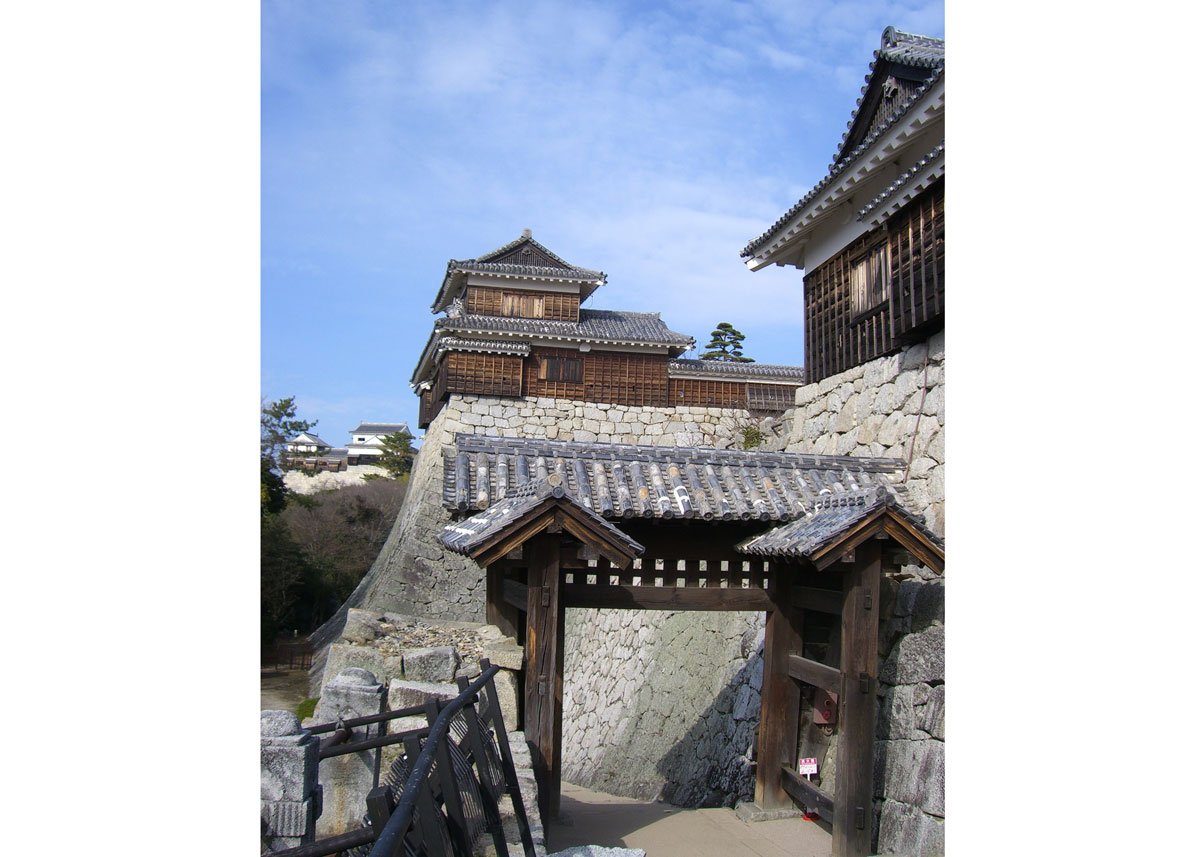
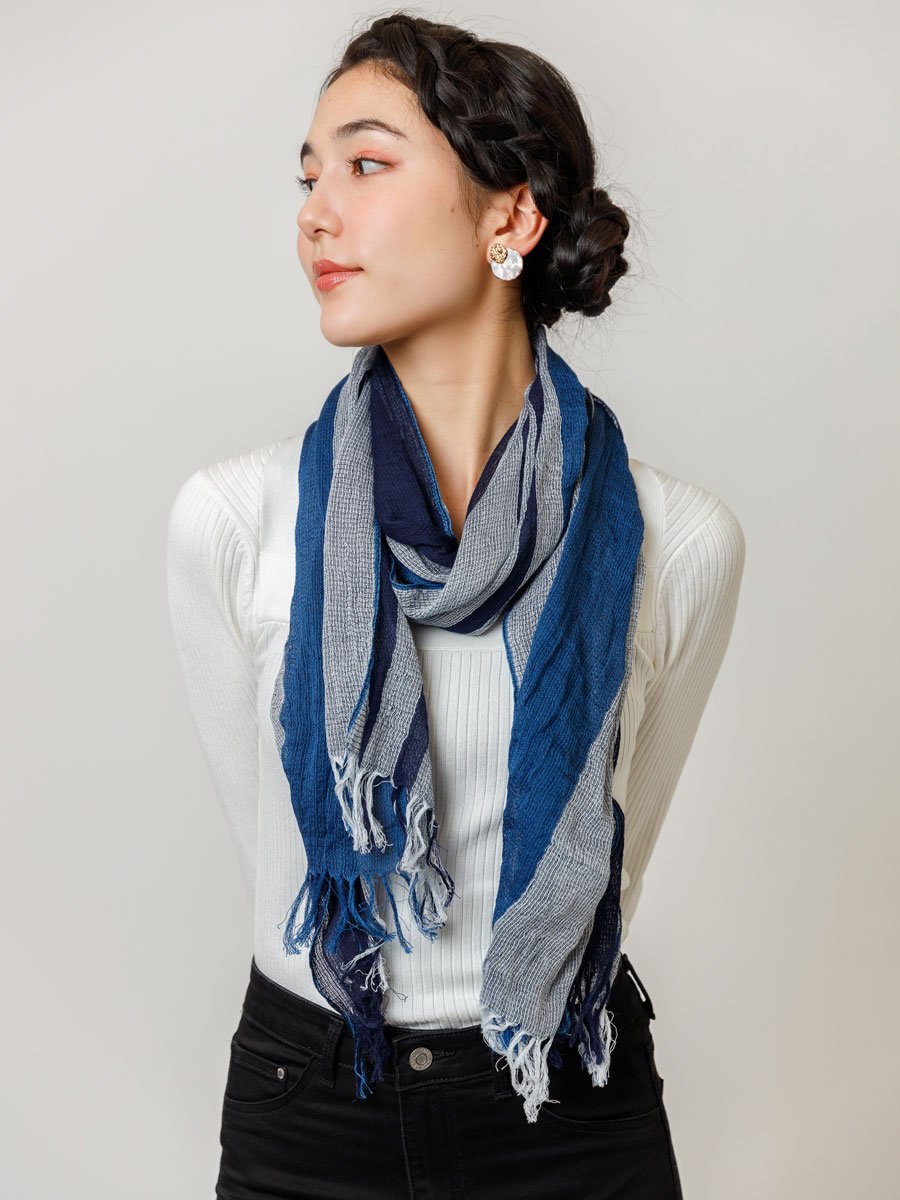


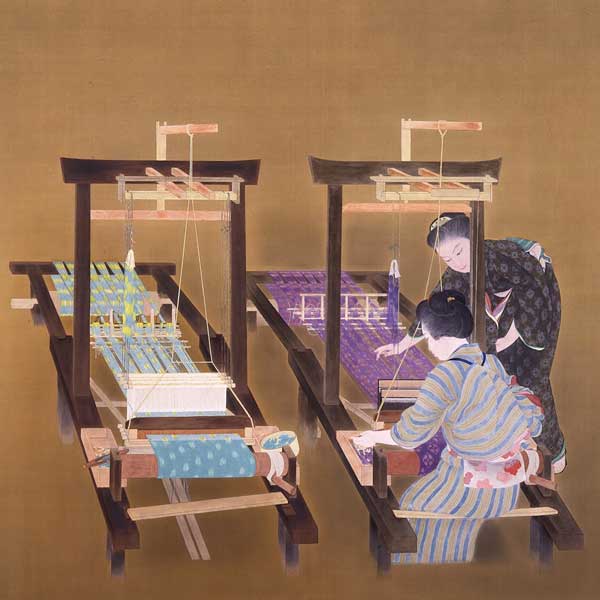
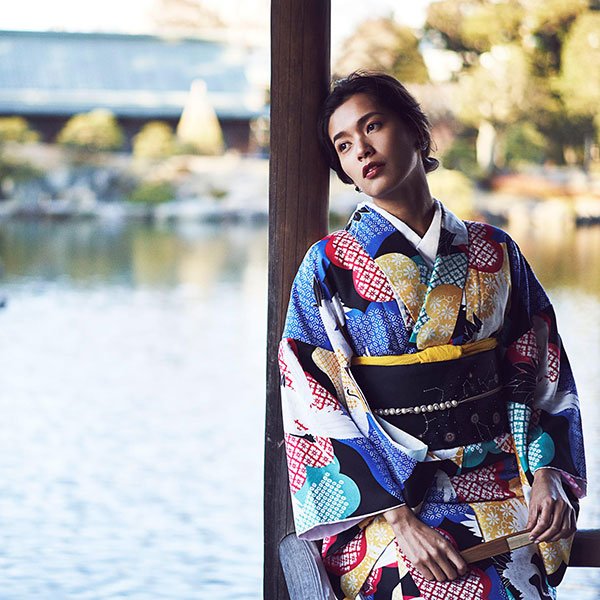
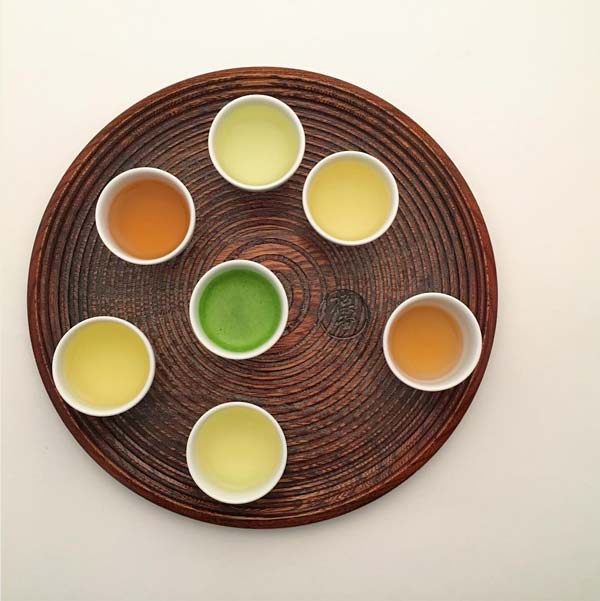






TRAVEL | April 26, 2024